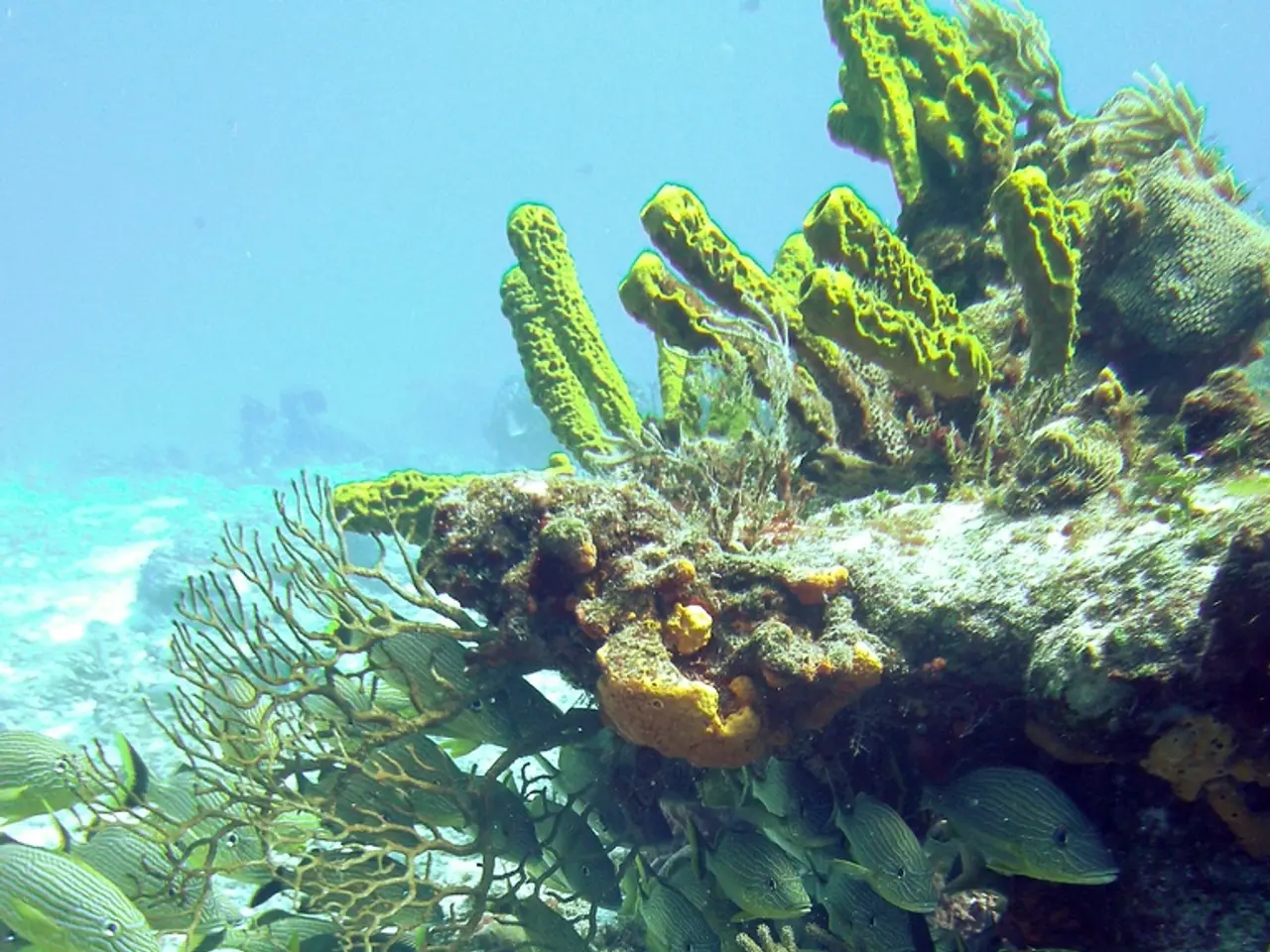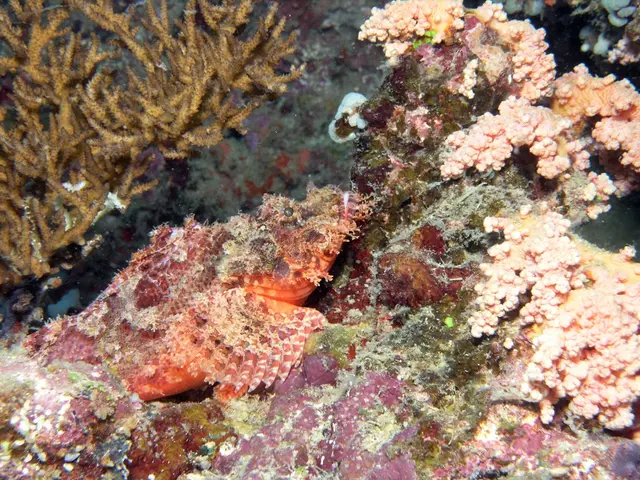Weekly Photo Feature: Microscopic Mayhem in March (or March Madness Captured Under the Lens)
Title: Scripps Plankton Camera Captures Spring Plankton Bloom Images
The Scripps Plankton Camera (SPC), an automated microscope mounted underwater at the end of Scripps Pier, has captured images of a spring plankton bloom. The system, which uses high-resolution imaging technology to photograph tiny ocean organisms, has been instrumental in providing researchers with a continuous record of the type and number of plankton in the area.
Key features of the SPC include the use of a digital camera, such as a Canon EOS 650D, coupled with optical systems like a Leica Z16 APO dissecting microscope. This setup enables the capture of magnified, high-quality images of plankton, supporting identification and taxonomic classification through automated or manual analysis.
The system is also capable of in situ imaging, which minimizes sample disturbance, often combined with flow cytometry or FlowCam-like systems capturing particle size distribution and taxonomic data. The SPC operates in different magnifications and modes to target specific plankton size classes or depths.
However, operating the SPC comes with challenges. Keeping fish and other larger aquatic organisms out of the camera’s field of view can be difficult, as these can obstruct imaging of the plankton targets and reduce data quality. Managing the dynamic conditions of the marine environment, including water currents and particulate matter, also poses challenges. Ensuring stable illumination and background contrast is crucial to distinguish plankton from other particles and larger fauna.
Techniques to address these challenges involve positioning the camera system in specific water strata where plankton abundance is high while larger fauna are less common. Physical barriers or protective housings designed to restrict entry of larger organisms without disturbing plankton flow are also used. Real-time image processing and filtering algorithms that can exclude or tag images containing unwanted larger organisms are essential.
This week, Research Oceanographer Jules Jaffe shared a series of images of individual plankton from a bloom. During the March bloom, the SPC captured images of chain-forming diatoms. The location of both the spring and March blooms was not specified in the article.
The Scripps Plankton Camera System is a valuable tool in understanding plankton blooms, which are a key element of the marine ecosystem. Details about the development of the system and the challenges of keeping fish and other obstacles out of the field of view are available on the SPC website. The latest version of the Scripps Plankton Camera was funded by an anonymous donation.








